I have a project that I just updated using nuget. This updated entity framework from 6.1 to 6.1.1, and it updated sqlite to 1.0.93. I wanted to update my model from my latest database. I did the steps of 1) Model from Database 2) Select sqlite database 3) Generate
After the generation I received the following error message shown below. I have the 1.0.93 design time components install. Does anyone know what exactly is causing this error. The project references and versions all match the versions shown above.
Error Message:
Your project references the latest Entity Framework; however and Entity Framework database provider compatible with this version could not be found for you data connection.
Update:
I ended up installing 6.1.0 manually using the package manager console
Install-Package EntityFramework -Version 6.1.0
Then in my csporj files replacing
packages\EntityFramework.6.1.1
with
packages\EntityFramework.6.1.0
I tried creating EF Designer from Database and Code First from Database but I am still getting the same error.
UPDATE
I have followed the instructions Tom has provided, and thanks time for taking the time to respond in depth it is appreciated. But I cannot get the entity framework designer to work with SQLite 1.0.93. What I have found:
1) When I add the SQLite data source from the tools menu as Tom describes I see the SQLite data provider.

2) But when I restart visual studio the data source is not connected

3) The data source can be refreshed and it is valid after restart

4) Add new data item but SQLite is not listed as a provider

I have double checked the registry and EF6 is appended to the invariant name, the SQLite dlls are registered in the GAC. I will try to see what else I can find but at this point I am not sure what to look for. As a side note I have tried dotConnect and it does not work either with EF 6.1.1.
Update 2
Does anyone know if the Entity Framework Designer has a logging option to find out what might be happening?
